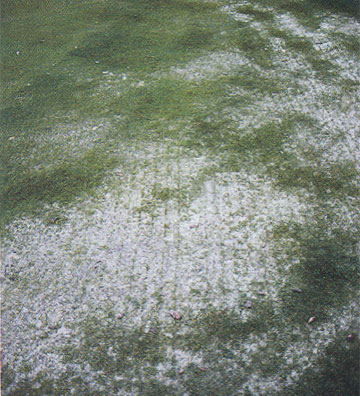Maintaining a lush, green lawn is a goal for many homeowners and groundskeepers. However, sometimes this task becomes challenging when faced with high levels of sodium in the soil. Excessive sodium can impede turf grass growth, leading to brown patches and overall poor health of the lawn. But fear not, as there are effective strategies to treat turf grass suffering from high sodium levels. In this guide, we’ll explore the causes of high sodium in turf grass, its effects, and practical methods to mitigate its impact and restore the vibrancy of your lawn.
Understanding the Problem
Sodium in soil typically originates from various sources, including irrigation water, fertilizers, and natural soil composition. In regions where irrigation water is high in sodium, such as areas with saline groundwater or reclaimed water, the problem can be exacerbated. Sodium ions interfere with the ability of plants to absorb essential nutrients like potassium and magnesium, leading to stunted growth and yellowing of leaves. Additionally, high sodium levels can disrupt soil structure, causing compaction and reduced water infiltration.
Assessment
Before implementing any treatment, it’s crucial to assess the extent of sodium accumulation in the soil. Soil testing kits or professional soil analysis services can provide accurate measurements of sodium levels, along with other essential soil parameters such as pH and nutrient content. This information will guide your treatment plan and help you determine the most appropriate course of action.
Treatment Strategies:
- Soil Amendment:
- Gypsum: Gypsum (calcium sulfate) is a common soil amendment used to improve soil structure and reduce sodium levels. It works by replacing sodium ions with calcium ions, which are less harmful to plants. Apply gypsum evenly over the affected area according to the manufacturer’s instructions.
- Organic Matter: Incorporating organic matter like compost or well-rotted manure into the soil can help improve soil structure and increase microbial activity. This, in turn, enhances nutrient availability and reduces sodium toxicity.
- Irrigation Management:
- Leaching: Regular, deep watering can help leach excess sodium from the soil profile. However, ensure proper drainage to prevent waterlogging, which can exacerbate the problem.
- Use of Low-Sodium Water: If possible, use low-sodium water sources for irrigation. Rainwater harvesting systems or water softeners can be effective in reducing sodium levels in irrigation water.
- Plant Selection:
- Select Salt-Tolerant Varieties: When renovating or replanting your lawn, choose grass varieties that are more tolerant of high sodium levels. Some salt-tolerant turf grass species include Bermuda grass, Zoysia grass, and certain varieties of fescue.
- pH Management:
- pH Adjustment: Maintaining the soil pH within the optimal range (typically between 6.0 and 7.0) can help mitigate the effects of high sodium levels. Lime or sulfur can be used to adjust soil pH as needed, but it’s essential to follow recommendations based on soil test results.
- Maintenance Practices:
- Aeration: Regular aeration helps alleviate soil compaction and promotes root growth, which can improve the overall health of the turf grass.
- Fertilization: Balanced fertilization with appropriate nutrients can help offset nutrient imbalances caused by high sodium levels. Use fertilizers low in sodium and apply them according to recommended rates.
Dealing with high sodium levels in turf grass requires a multifaceted approach that addresses soil conditions, irrigation practices, and plant selection. By implementing the strategies outlined in this guide and closely monitoring soil health, you can effectively manage sodium toxicity and restore the beauty of your lawn. Remember to regularly assess soil conditions and adjust your maintenance practices accordingly to ensure long-term success in maintaining a healthy turf grass.
For more information or to schedule an assessment, please contact Eternal Tree & Landscape today.


Recent Comments